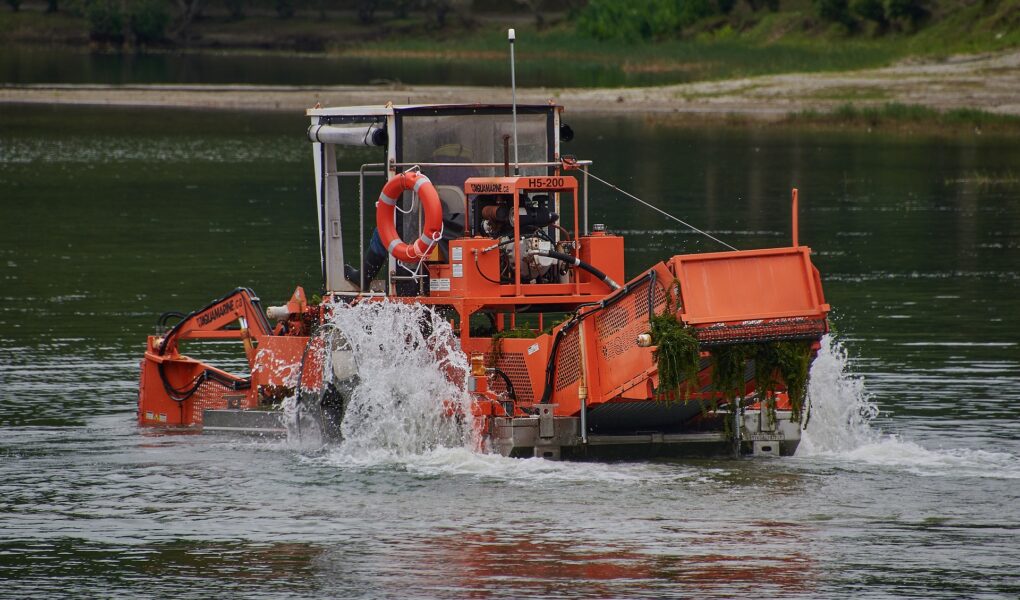Dredging is a complex process that involves numerous challenges. Among them are environmental impacts and cost considerations. These factors and equipment and safety protocols must be carefully considered to ensure successful project completion. In addition, these services require comprehensive management of risk and permitting requirements.
Typical Uses of Dredging
Dredging services are used in a variety of industries. They are helpful for mining sand, clay, and rock from the seabed. They are also used to control erosion and floods. And, of course, they can improve the water quality in reservoirs. This is why more municipalities are using dredging services to ensure their water resources are safe and clean.
Dredges can be used in both dry and wet environments. Different types of dredging machines are available, depending on the kind of job. Hydraulic dredges use hydraulics to excavate sediment and mix it with water, which is then transported to a disposal area. Mechanical dredges use a chain to dig the excavated material. These machines can be operated on a fixed or floating platform.
Dredging services are required to keep rivers and harbors navigable. Since most rivers and ports are naturally shallow, sedimentation can reduce the depth of shipping channels. Regular dredging keeps shipping lanes clear and can create new ones for larger vessels.
Cost of Dredging
Dredging costs can vary widely from project to project. Prices depend mainly on the efficiency of the contractor. Even when the dredge is not in use, charges still accrue. To maximize production, the contractor should optimize costs and value to all stakeholders. In addition to dredging costs, the contractor should account for all organization and management expenses.
Dredges must be transported long after being removed from the river or lake. The distance traveled depends on the type of dredging method used. In hydraulic dredging, the material can be moved over ten miles. Booster pumps are required to achieve the velocities needed to move the material. On the other hand, mechanical dredging requires more equipment and extended cycle times.
Dredging is a disruptive and costly process. Conventional methods involve draining an entire water body, causing extensive damage to native vegetation and wildlife. Sediment is then removed by trucks and taken to disposal sites, leaving an unsightly mess. Dredging may also involve other services, including reseeding and tree planting try to inquire about dredging services near me.
Environmental Impacts
Dredging services can affect the environment and ecosystems in a variety of ways. These changes include sedimentation, chemical release, and reduced dissolved oxygen. In addition, marine sediments can be disturbed, and benthic infauna may be removed. This can negatively affect the stability of the aquatic environment, including fish habitats. Fortunately, the disturbance of marine sediments is not permanent and will likely be recolonized after the dredging process is completed.
Dredging is also controversial because it can cause pollution in surrounding waters. It can cause sedimentation, which can smother seagrasses and kill corals. Although the federal government requires that dredging companies obtain permits, activists have claimed that industry oversight is lacking. Furthermore, some environmentalists want dredging services banned altogether. Other environmental impacts of dredging services include releasing toxic chemicals into the environment and increasing water turbidity. Additionally, dredging can also endanger critical infrastructure and valuable farmland.
Environmental impacts of dredging services can be categorized into two categories: Near and Far Zone impacts. Near Zone, consequences pertain to dredging activities less than five kilometers from shorelines. The Far Zone impacts, on the other hand, affect dredging areas 40 to 50 km from shorelines. These areas are characterized by low nutrients, marine biota density, high water depth, and limited sunlight penetration. Further, the effects of dredging services on marine mammals can be limited by the fact that they are often located in turbid waters.
Standard Equipment Used in Dredging
Various equipment is used in dredging services, including spuds, dredges, and pumping equipment. Some dredges are self-propelled, while others depend on a work boat to maneuver them into dredging zones. These boats are usually equipped with hydraulic cranes and winches for assisting dredging operations.
Another equipment used in dredging services is a cutter suction dredger (CSD). This type of dredging uses a rotating dredge head to break up densely packed sediment. Its cutter head uses a chopper-like blade to break up the soil. Its wear-resistant pump then sucks the dredged material into a pipe for discharge through a pipeline or barge.
Other standard equipment used in dredging services includes dredging pumps, vessels, and booster stations. Booster stations are used to extend the distance that dredged material can travel. They can be installed on pontoons, or onshore and are used to help position dredges and floating pipelines. Tug boats, multicast, and anchor barges are also used in dredging services. For essential navigational tools, maritime safety gear, and other supporting equipment that can assist with dredging operations, it may be helpful to explore providers like https://www.amnautical.com/ or similar marine supply specialists. Ensuring access to the right equipment, both primary and supporting, is key to efficient and safe dredging operations.




